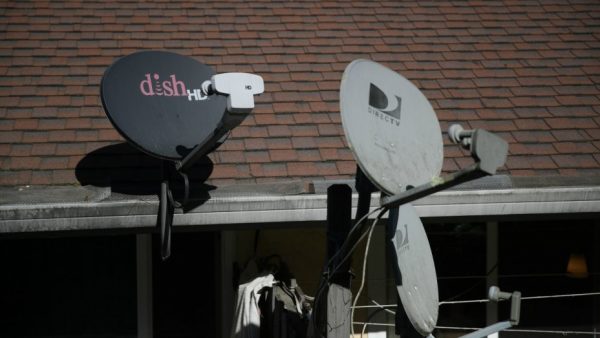5/8/2020 by Georg Szalai for The Hollywood Reporter


“There are now as many non-subscribing households (46 million) as there were pay TV subscribers in 1988,” noted MoffettNathanson analysts.
It is official: the rise in unemployment due to the novel coronavirus pandemic has led to a new quarterly record in pay TV subscriber losses.
“In the context of over 30 million unemployment claims and estimates for minus 40 percent gross domestic product, it would be unseemly to resort to hyperbole to describe the carnage in pay TV in the first quarter,” MoffettNathanson analysts Craig Moffett and Michael Nathanson wrote in a Friday report entitled “Pay TV Catches COVID.” “Better that we simply report the numbers. Traditional pay TV subscriptions fell by a record 1.8 million in the first quarter, the worst quarterly result on record, bringing the annual rate of decline to 7.6 percent, also a record.”
They warned: “With sports off the air, and with the pain of the tsunami of unemployment just beginning to hit as the quarter ended, all these numbers will get worse in the second quarter.”
The report came out just before the U.S. Department of Labor said that the April unemployment rate rose to a record 14.7 percent, compared with the previous record of 10.8 percent since the data started being tracked in 1948, with payrolls falling by an unprecedented 20.5 million due to the pandemic.
The MoffettNathanson team highlighted that “things were particularly bad for satellite TV where subscriptions plunged by over 1 million for the third quarter in a row, bringing the annual rate of decline to a worst-ever 14.3 percent (the number would be worse still if we were to include lost bars, restaurants, and hotels temporarily suspended at Dish Network).”
Cable operators’ 600,000 subscriber drop in the quarter, making for a 4 percent annual rate of decline, “looks positively gentle by comparison,” the analysts wrote. “But it, too, was the worst on record.”
And at 63 percent of occupied U.S. households, traditional pay TV penetration has “reached a level not previously seen since roughly 1995,” Moffett and Nathanson highlighted. “There are now as many non-subscribing households (46 million) as there were pay TV subscribers in 1988.”
Read more HERE.







